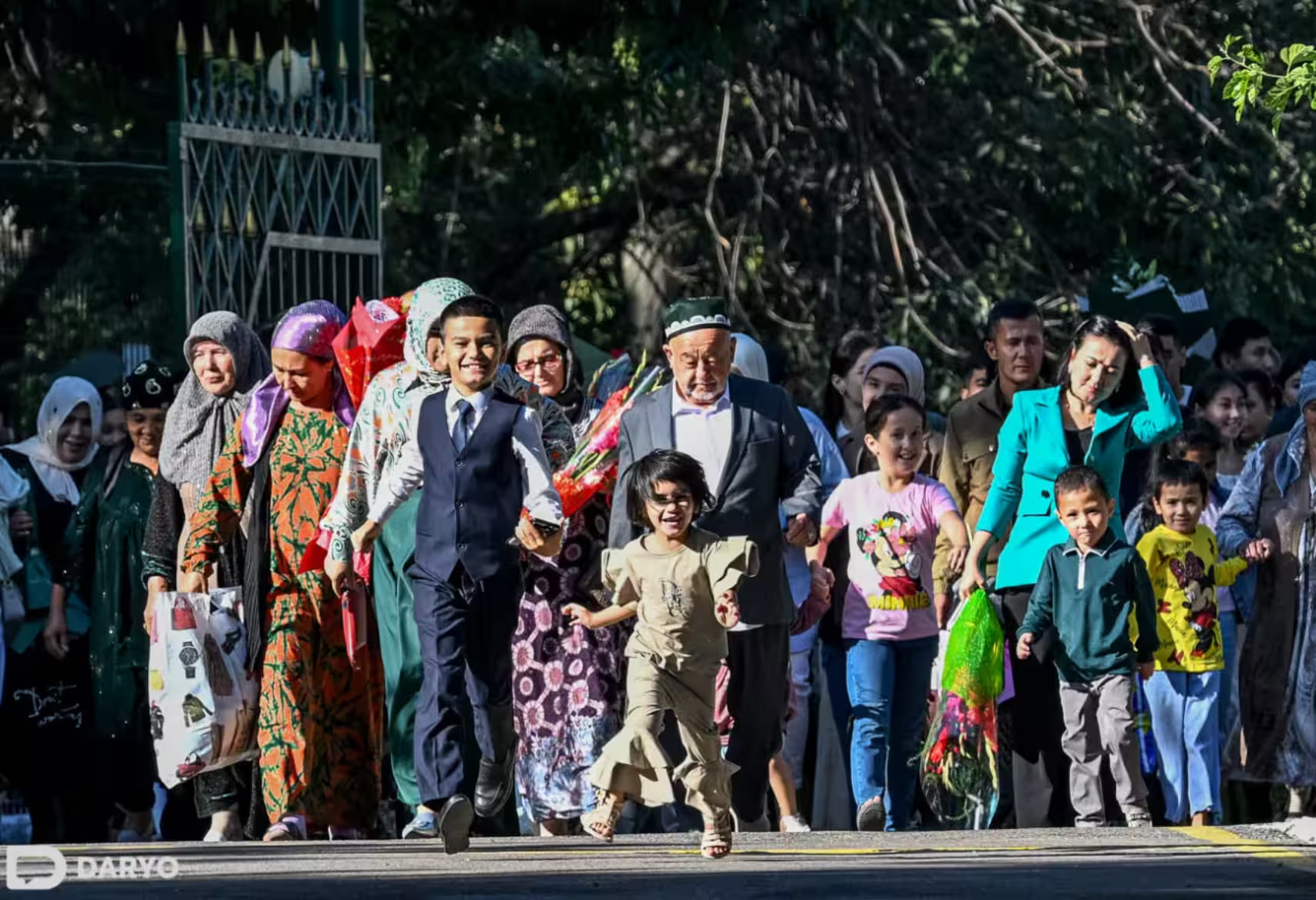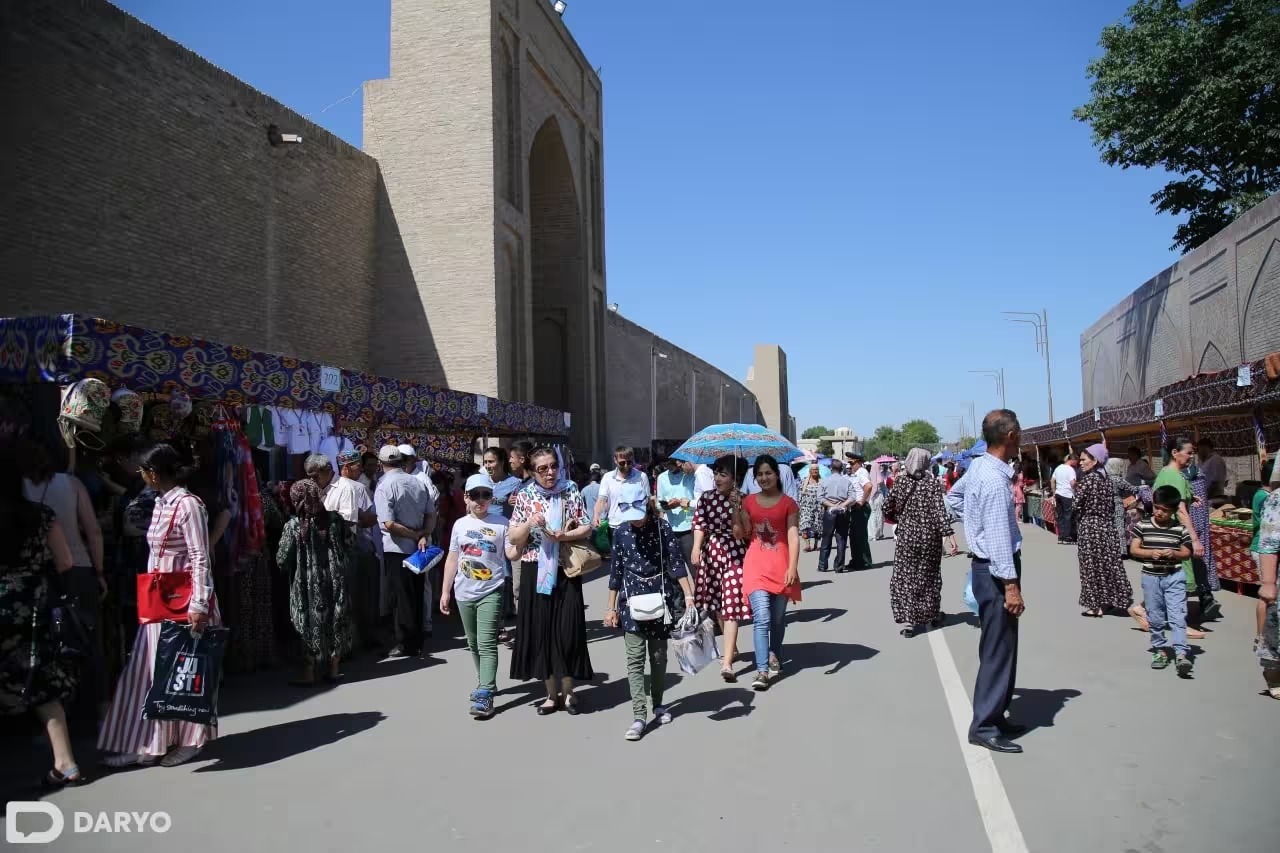Uzbekistan’s permanent population has reached nearly 38mn, with recent statistics showing that men slightly outnumber women.
According to the National Statistics Committee, as of July 1, 2025, the country’s population stood at 37.9mn reflecting a 2% increase compared to the same period last year.
Of this total, 19.1mn were men, while 18.8mn were women. The population is also nearly evenly split between urban and rural areas, with 19.3mn people living in cities and 18.6mn in the countryside.
Recent household data reveals changes in family composition. In January–May 2025, 11.2% of households consisted of three members. This marks a gradual rise over the years, from 9.4% in 2010 to 11.2% this year. The proportion of families with four or more children has also remained relatively stable over the past 15 years, standing at 8.5% in early 2025—up from 7.3% in 2024.
Birth trends show a noticeable decline. From January to April 2025, civil registry offices recorded 266,478 live births, with the highest numbers in Samarkand (32,118), Fergana (30,371), and Kashkadarya (29,792) regions.

In comparison, a total of 926,400 births were recorded in 2024, but this was a decline from the previous two years and the first drop in annual birth figures since 2018. Birth rates decreased across all regions, with a sharper decline in cities. Urban births fell from 480,200 in 2023 to 454,500 in 2024, while rural births dropped from 481,800 to 471,900 during the same period.
The number of women of reproductive age (15–49 years) continues to rise, reaching 9.42mn as of January 1, 2025. This is a significant increase from 8.98mn in 2020 and 4.82mn in 1991. The growth in this demographic is crucial for planning in areas such as healthcare, education, and employment.
Marriage statistics reveal that 271,800 marriages were registered in 2024—the lowest figure in at least 15 years. Even in 2010, over 292,000 marriages were recorded. The average age at marriage continues to rise, reaching 27.1 years for men and 22.3 years for women in 2024.

For first-time marriages, the average age was 26.2 for men and 21.8 for women. The largest number of marriages occurred in Samarkand (31,400), Kashkadarya (29,200), and Fergana (29,200) regions.
Life expectancy in Uzbekistan has improved steadily. In 2024, life expectancy at birth was 75.1 years, compared to 73.4 years in 2020 and 66.4 years in 1991. The highest life expectancy was recorded in Tashkent City (76.8 years), followed by Fergana (76.6) and Bukhara (76.3).
The lowest was in Syrdarya region, at 72.2 years. The number of deaths in 2025 is expected to reach 223,900, with more than half of these due to circulatory system diseases. The average life expectancy nationwide currently stands at 74.3 years.
Population density also varies widely across the country. Tashkent City remains the most densely populated area with 6,983.2 people per square kilometer, followed by Andijan (807.9) and Fergana (615.7). In contrast, Navoi region has the lowest density at just 9.9 people per square kilometer, followed by Karakalpakstan at 12.2 people per square kilometer.
Follow Daryo's official Instagram and Twitter pages to keep current on world news.
Comments (0)